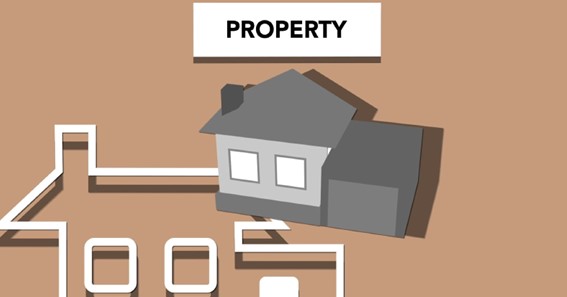Real estate investing has never been so popular. People are finding new ways of making a profit, and this time, the main playground involves properties. No matter if it’s through renting or fixing and flipping houses, the benefits are huge. But, you’ll need some budget to start the games.
The fix and flip loans may just be the right thing for you, and this beginner’s guide will outline everything you need to know about them. So, whether you’re a seasoned investor or just starting out, read on for all the information you need to get started with fix and flip loans.
click here – The benefits of multi-slide die casting machine
The Basics
Fix and flip loans are a specific type of loan that helps finance the purchase and renovation of properties to be sold for a profit. These loans are typically shorter in term than traditional mortgages, making them an attractive option for investors who want to quickly turn around a property.
The fix and flip loans come with two main components: the purchase and the funds for the rehab.
The Purchase
The process is simple. The lender will usually size the total loan amount to both the after-repair value, or Loan-to-Value (LTV), and the overall cost of the project, or Loan-to-Cost (LTC). Rates and fees may vary due to your location, with terms ranging from 9 to 24 months on average.
The purchase process is similar to the process of applying for every other loan. You provide the necessary documentation, present a solid business plan, and order an appraisal. Once you get approved, you can proceed with the purchase.
The Rehab
After the borrower begins the rehab process, they will need to provide the price of the first phase, which may include permits and deconstruction. The borrower can ask for a “draw” after each stage. Once the lender is presented with the necessary information, an inspector will go on-site to see whether the renovations mentioned are completed, and afterward, the draw will be released, so that the investor can continue with the process.
Once the rehab process is done, the real estate investor can sell the property for profit, or they can move into a 30-year loan with lower rates than the normal fix and flip loan.
Pros and Cons of the Fix and Flip Loans
Being easily qualified for the fix and flip loan is not the only reason why people opt for them. There are other benefits as well:
- They can provide you with the funds you need to make the necessary repairs or renovations. This can help you save money on your overall project costs.
- Fix and flip loans can also be used to finance the purchase of a rental property. This can be a great way to generate income, as you can use the rental income to help offset the costs of the loan.
As with any other loan, there are several disadvantages to the fix and flip loans as well:
- High-interest rates. When you’re considering taking out a loan, it’s important to factor in the interest rate. The higher the interest rate, the more you’ll end up paying back in total.
- Shorter repayment period. Keep in mind that the shorter the repayment period, the bigger the monthly rates will be.
Alternatives to Fix and Flip Loans
There are a number of alternatives to fix and flip loans that investors can consider when financing their next property flipping project. They come with their own pros and cons.
click here – Why Is Investing In Commercial Space An Excellent Investment?
Renovation Loans
Renovation loans are a type of financing that can be used to fund the costs of repairs, upgrades, or renovations to a property. These loans can be used to make changes to both the interior and exterior of a home.
The interest rates on these loans can be higher than those on traditional mortgages. You may be required to put down a larger down payment than you would with a traditional mortgage.
Personal Loans
Personal loans are a type of unsecured loan, which means that the loan doesn’t require any collateral. This makes personal loans a popular choice for people who don’t own a home or have any other assets to use as collateral.
A major disadvantage is a high-interest rate. But, personal loans can ruin your credit score as well, especially if you’re not paying the rates on time. Keep in mind that this is a hard-to-qualify loan.
Bottom Line
Fix and flip loans can be a great addition to your real estate investment game. They’ll provide you with the necessary funding to get started, and enough budget to do the repairs and improvements of the new property. If your instinct of buying the property was right, you’ll be left with enough money for repayment, as well as some extras on the side.
